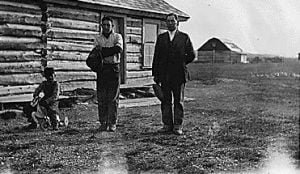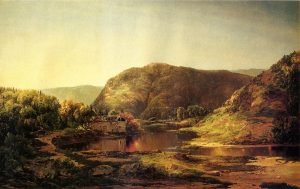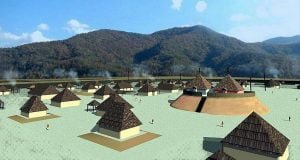Fort Coffee Neighbors
Our nearest neighbors were Cherokees, and resided on the north side of the river; their houses and farms were in view of our mission. The ferry kept at Fort Coffee was owned by a Cherokee, who lived directly opposite to our establishment. He was a shrewd man in business, a regular Shylock in his exactions. Woe betide the unlucky traveler who should venture to cross over in his boat without having first stipulated as to the fare; and even then the ferryman would fail to give back the correct change; it must be in his favor to the amount of … Read more



